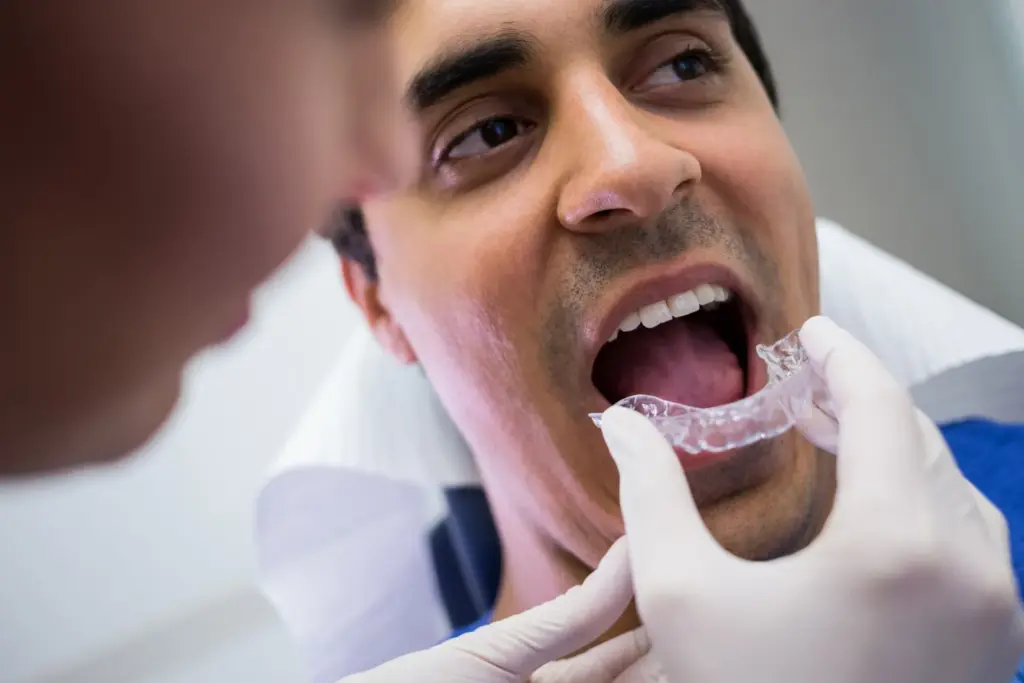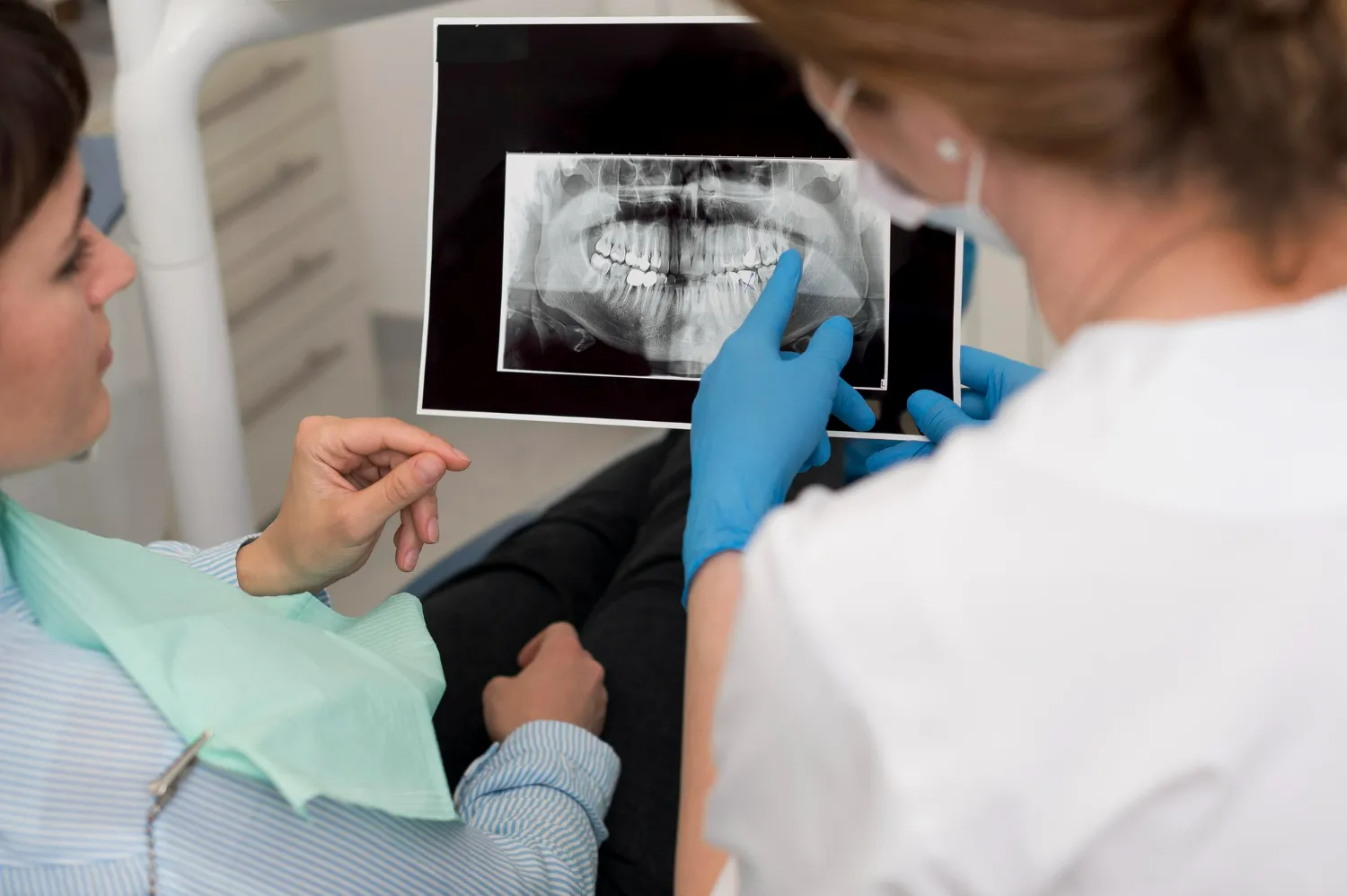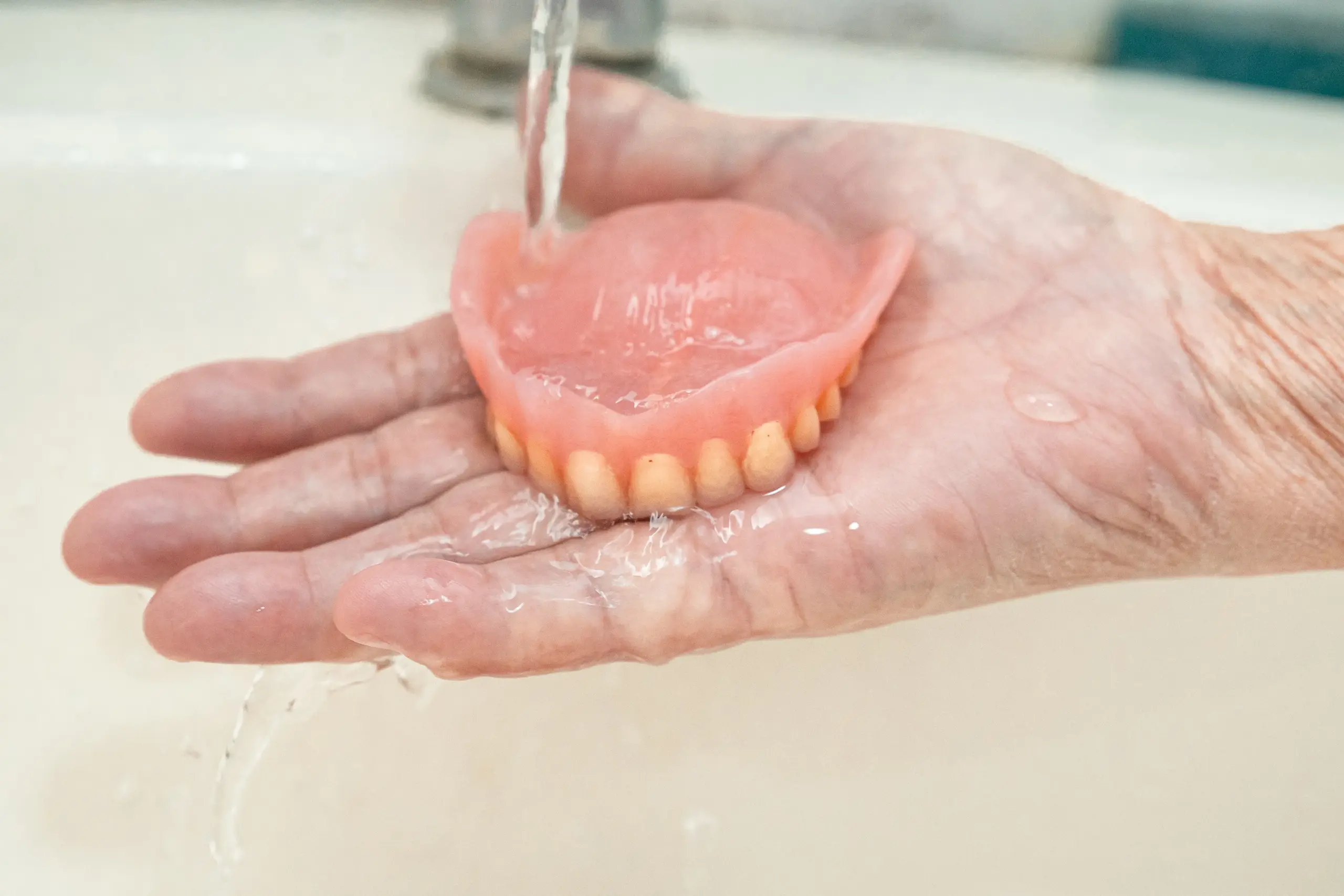If you have started to notice that your teeth look dull in photos or next to friends with brighter smiles, you are not the only one. Teeth whitening is a popular cosmetic treatment in UK dental practices, but many people are unsure what it actually does or whether it is a sensible choice for their own teeth. Here we explain why teeth change colour, how whitening works and what you can realistically expect from treatment with a dentist.
Why Teeth Change Colour Over Time
Even with good brushing habits, teeth rarely stay the same shade throughout life. Every day routines and natural ageing gradually change how they look. We commonly see discolouration from:
- Tea, coffee and red wine, which contain strong pigments that cling to enamel
- Smoking and vaping, which leave yellow and brown residues
- Strongly coloured foods and drinks, such as curry sauces and dark soft drinks
- Plaque and tartar build up when brushing and flossing are not consistent
- Age-related thinning of enamel, which reveals more of the yellow dentine underneath
When patients ask why their teeth look darker, we usually explain that stains fall into two broad groups. Extrinsic stains sit on the tooth surface. Intrinsic stains lie within the enamel or dentine and may be linked to ageing, trauma or certain medicines. Daily care and professional cleaning help to control surface deposits, but once pigments soak into the tooth structure, normal toothpaste will not remove them fully.
For a broader overview of how habits affect your mouth, please read our article on common dental problems and how to prevent them.
The Science Behind Teeth Whitening
Teeth whitening is not just a stronger version of polishing. It is a controlled chemical process that targets stains inside the tooth. Most professional systems use gels that contain hydrogen peroxide or carbamide peroxide. Both release oxygen, which reacts with stain molecules within the enamel and dentine.
Enamel is slightly porous, with tiny channels that allow very small molecules to move into the tooth. When we place whitening gel on the teeth, the peroxide breaks down into water and reactive oxygen. These oxygen molecules travel through the enamel and dentine, react with coloured compounds called chromogens, and change their structure so they reflect light differently. The tooth then appears lighter without anything being painted on its surface.
A review called “Tooth whitening: concepts and controversies” in the Journal of the Irish Dental Association describes this process and reports that peroxide-based whitening can be safe and effective when it is carried out under professional supervision.
Hydrogen peroxide is often used in surgery for chairside whitening. It acts relatively quickly and is suitable for shorter, closely supervised sessions. Carbamide peroxide is common in dentist-prescribed home whitening kits. It breaks down more slowly, so it is suitable for longer wear at lower concentrations. We select the type and strength of gel based on your starting shade, any existing sensitivity and how you would like to fit treatment around your routine.
What Happens During Professional Whitening?
At our practice, teeth whitening is always planned and monitored by a dentist. This fits with NHS guidance on teeth whitening, which advises that whitening should only be carried out by regulated dental professionals and warns against treatment from untrained or unregulated providers.
At a whitening consultation, we examine your teeth and gums, look for problems such as decay or gum disease that must be treated first, record your starting shade and talk with you about the kind of change you hope to see and what is realistic. We also review any crowns, veneers or fillings on front teeth, which will not change colour with whitening gel.
Most patients who choose whitening with us use thin, clear trays that are made specially for their teeth. We take impressions or digital scans, a dental laboratory makes custom trays that fit closely over each tooth, and at your fitting appointment, we check that the trays feel comfortable and show you how much gel to use. With supervised home whitening, you wear the trays for a set period each day, often in the evening or overnight, for around two to three weeks. We review your progress and adjust the plan if needed.

Some people also choose an in-surgery whitening session. In that case, we apply a stronger gel in the dental chair with careful gum protection to provide a faster initial change, then use home trays to fine-tune and maintain the result. You can find more details about this on our page about professional teeth whitening.
Safety, Side Effects and Who Whitening Suits
Under current UK regulations, products that contain or release more than 0.1 per cent hydrogen peroxide for tooth whitening can only be supplied by dentists and their teams, and even then, only up to 6 per cent. The General Dental Council position statement on tooth whitening explains that tooth whitening is regarded as a practice of dentistry and should only be carried out by registered dental professionals.
When whitening is planned properly and supervised by a dentist, it is generally considered a safe cosmetic treatment for most adults with healthy teeth and gums. The British Dental Association’s teeth whitening guidance supports the use of regulated whitening as a minimally invasive option when it is carried out within the legal concentration limits and based on a full dental assessment.
Two short-term side effects are very common:
- Tooth sensitivity, where teeth feel a little zingy or achy, especially with cold drinks
- Gum irritation, if too much gel is used and it spills onto the gums, so they look temporarily white or feel sore
In many cases, these effects settle once treatment pauses or finishes, but you should let us know if they persist or feel severe. If you already have sensitive teeth, we can suggest adjustments or products to make the process more comfortable. You might find it useful to read our article on dealing with sensitive teeth, causes and solutions.
We will usually postpone whitening if there is untreated decay, active gum disease, very worn teeth or if you are pregnant or breastfeeding, because in those situations the priority is to stabilise your oral health rather than focus on cosmetic changes. From our experience, patients are more likely to see a pleasing improvement if their teeth and gums are generally healthy, most of the discolouration is from tea, coffee, red wine or smoking, and they are happy to follow the tray-wearing instructions consistently.
Whitening is not permanent, but many people enjoy a brighter shade for months or even years. This depends on diet, lifestyle and oral hygiene. Simple ways to maintain your new shade include rinsing your mouth with water after dark drinks or strongly coloured foods, avoiding sipping tea, coffee or cola continuously throughout the day, avoiding smoking and vaping if you can, brushing twice a day with a fluoride toothpaste and cleaning between your teeth daily, and using your custom trays for occasional top up applications exactly as we advise.

Important note about medical information
This article is for general information only. It is not a substitute for a full dental examination or personalised advice. We will recommend whether whitening is suitable for you after assessing your teeth, gums and medical history.
Thinking About Brightening Your Smile?
Understanding how teeth whitening works makes it easier to decide whether it feels right for you. Professional whitening uses carefully controlled peroxide gels to break up stains inside the tooth, under the guidance of a dental team that knows your mouth.
We have been providing professional teeth whitening as part of our wider general and cosmetic dental care. If you would like a brighter smile that still looks natural, you can visit our page on professional teeth whitening and arrange a consultation to talk through the options and put a personalised plan in place.




